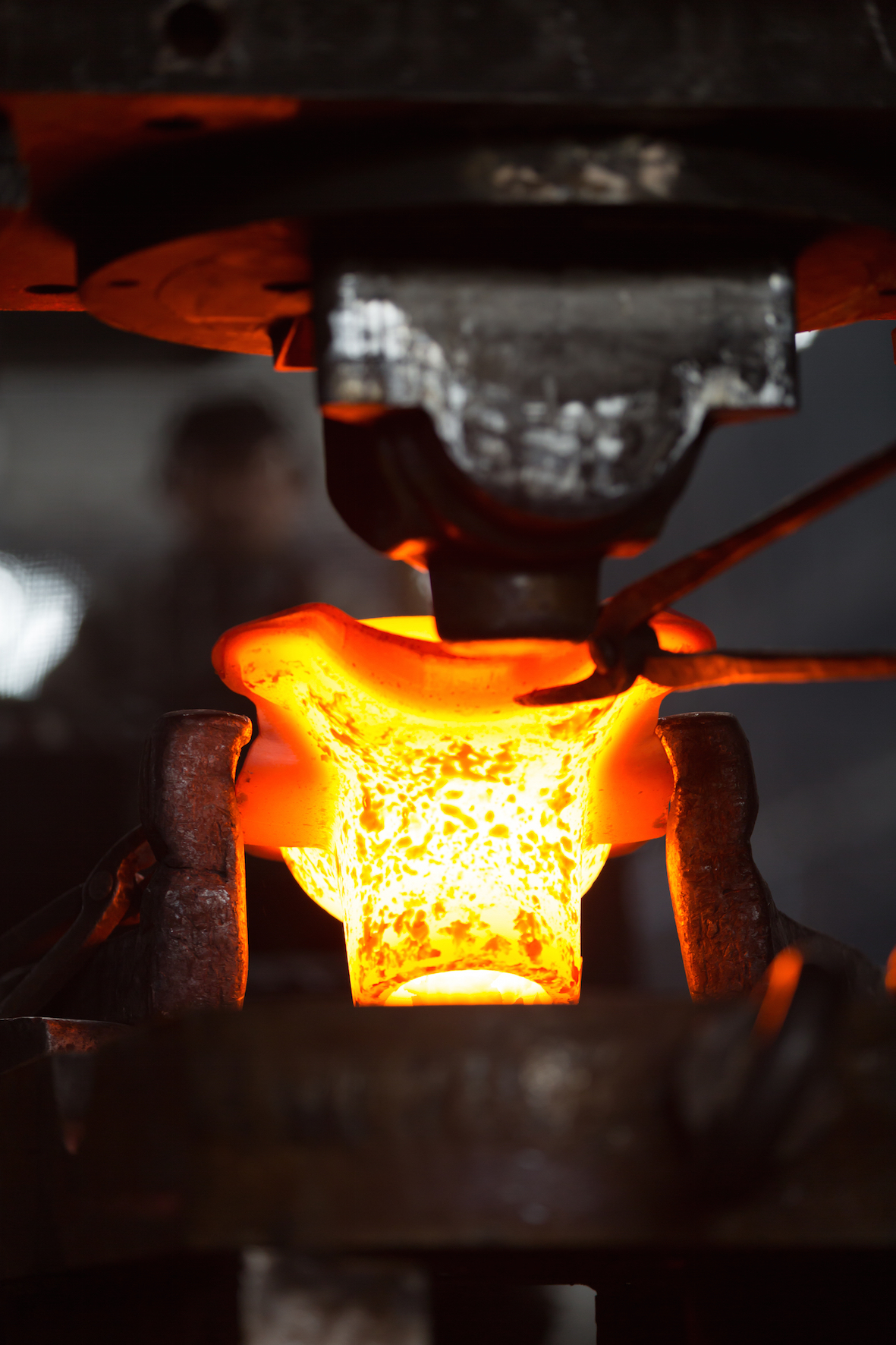New Forgeweld Product Exceeds Expectations
Here at Corewire, we have developed a new Forgeweld welding consumable for a customer in Europe and witnessed dramatic results. The customer forges connecting rods for small car engines and the product was developed specifically for this forging application and its associated characteristics. With the introduction of our newly developed product and after successful trials we are pleased to announce that we have witnessed double the production life. This is an extremely significant result and one that will no doubt benefit other applications and future developments globally.
A Little Background to Closed Die Forging
The closed die hot forging process remains an integral part of global manufacturing industry, allowing the production of near net-shape finished, often highly technical components. Hot forging is often chosen over alternative manufacturing methods as it inherently offers increased component ductility, low component stresses, low work hardening and a homogonised grain structure.
To forge specific products, such as connecting rods, a hot ingot of material is placed in the forging dies located, typically, in either a hammer or press forging machine. Depending on the component and material being forged the temperature of the ingot can be up to 1150 degrees Celsius. The forging machine typically consists of an upper and lower die that are forced together and in doing so form the ingot into the predetermined profile of the die. The forging process may consist of a single or multiple forging operations depending on the geometry and material of the part being forged.
Over time, the forging dies become worn beyond an acceptable tolerance for the component being produced. This is commonly due to high thermal cycling, mechanical wear, mechanical shock, surface cracking and elevated operating temperatures, to name a few. The result is that dies are either scrapped or reworked. The Forgeweld process not only reclaims the dies but can also improve the metallurgy of the working surface to suit the operating environment and therefore increase the operating life of the dies.
Our Customers
Our customer in this particular instance was finding that their dies were wearing beyond an acceptable tolerance after production of around 40,000 components. We gathered data, studied the forging operation, the operating environment and wear characteristics involved and developed a Forgeweld material with metallurgy to suit the specific requirements of the application. The dies then went through the following Forgeweld process during reclamation:
• Remove the impression from the die by arc air gouging.
• Preheat and maintain die temperature.
• Refill the impression with layer welding on a Forgeweld welding machine using the new Forgeweld wire.
• Equalise and Post Weld Heat Treat the dies to remove any residual stresses.
• Machine the profile of the die.
• Put the die back into operation.
As a result of this procedure and the development process, the working life of the die has been doubled to more than 80,000 parts per die set. This not only increased the number of parts produced significantly but reduced the machine down time, increased productivity and reduced the tooling cost per part.
If you would like to discuss your hot forging die life issues with us, you can call the Corewire team on +44(0)1252 517 766 or email us at info@corewire.com.

